
The United Nations Educational, Scientific and Cultural Organization (UNESCO) describes a World Heritage Site as a place (such as a forest, mountain, lake, island, desert, monument, building, complex, or city) of special cultural or physical significance. Nine designated cultural sites exist in the United States, ranging from the Midwest to the far reaches of the U.S. umbrella in Puerto Rico.
These sites must fit one of several criteria to be considered a heritage site. Until 2004, the sites were selected based on six criteria for a cultural site and four criteria for a natural site. After 2004 however, the criterion were combined making a total of 10 for both types of sites. Now, these landmarks must meet at least one of the ten according to the Operation Guidelines. Visit WHC.Unesco.org/en/criteria/ to see a full list of the selection criteria. If history and culture are what you seek while traveling, consider visiting some of these important sites on your next trip:
Advertisement
9. Cahokia Mounds State Historic Site
As the largest and earliest pre-Columbian settlement north of Mexico, the Cahokia Mounds State Historic Site (13 km Northeast of St. Louis, Illinois) aligns with two of the 10 criteria. The first of which is Criterion iii; ‘bearing a unique or at least exceptional testimony to a cultural tradition or to a civilization which is living or which has disappeared’; that being the cultural, religious and economic center of the earliest Mississippian traditions.
The size, layout and structure of the settlement (including private and public buildings) demonstrated the existence of a pre-urban society that operated with exceptional organization. Being able to organize labor, agriculture and trade means the Cahokia Mounds also fall under criterion iv; ‘illustrating a significant stage in human history’. As a point of reference for studying the years of 900 – 1,600 Cahokia was the largest settlement in America for centuries to come. While largely populous, Cahokia also includes the largest prehistoric earthwork in the United States with mounds covering over five hectares (ha) at 30 meters high.
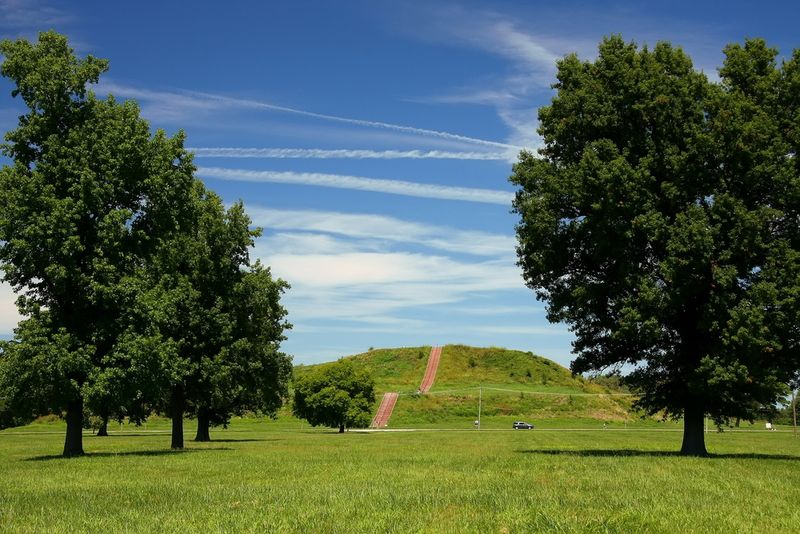
Advertisement
8. Chaco Culture
Located in Northwestern New Mexico, the Chaco Culture National Historical Park has epic public and ceremonial buildings including multi-storey “greathouses” which prove a wealth of understanding of complex astrological phenomena. Despite the harsh weather of the Southwestern United States, the Chaco Anasazi people made great architectural achievements with limited resources.
Meeting Criterion iii, Chaco culture is a fine example of a civilization that accomplished the unthinkable in terms of their structures during their existence. Despite dry, hot weather, the Chaco dominated the region for approximately 400 years. Ceremonies, trade, and politics were all at the center of this hub of activity, a region that remained essentially uninhabited until the 17th century when it was subsequently ruled by the Navajo tribe of Native Americans. The technologically advanced settlement also includes the Aztec Ruins National Monument and several smaller Chaco sites. The site itself is made up of towns surrounded by “satellite villages” linked by a network of roads; proving to be incredibly advanced for its time.
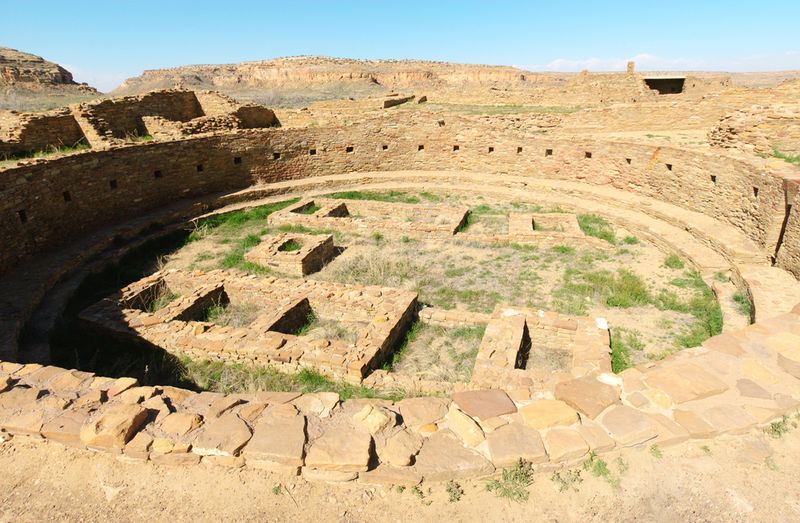
Advertisement
7. Taos Pueblo
From the pre-Hispanic period of the Americas, Pueblo de Taos showcases an extraordinary form of architecture unique to the region of the southwestern states Arizona and New Mexico. Many of the traditional forms of this culture remain successfully preserved to this day thanks to the determination of their predecessors. Although preserving their culture is incredibly important to Pueblo natives, they are also recognized for their ability to absorb the cultures of others as well.
The entirety of the 18th century was a bloody one, and the tribe faced its own challenges fending off colonizers. However, the aforementioned adopted changes were made in the field of agriculture where cattle breeding and grain production techniques were readily implemented. Other changes that have come over time are no doubt due to the lack of necessity for defensive structures. Features like doors and windows which were once limited due to needs for defense, are now common features along with fireplaces built inside the living quarters of this outstanding site.
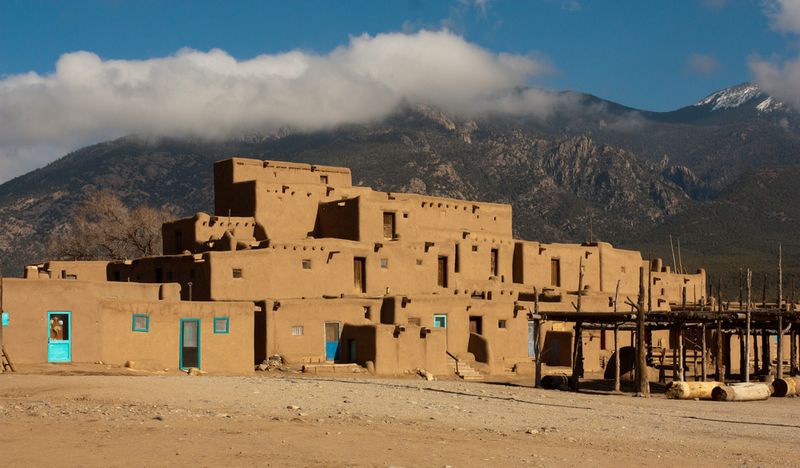
Advertisement
6. Monumental Earthworks of Poverty Point
The Monumental Earthworks of Poverty Point gains its name from a nearby plantation from the 19th century. The site and plantation are located in the Lower Mississippi Valley of Louisiana atop a narrow and elevated platform. The 163 hectare heritage site is the newest in the United States, and was just designated to the list as culturally significant in 2014.
What makes the site special are the complexities and age of the integrated earthen monuments that were built approximately 3,500 years ago. Besides quarry areas and large mounds the site contains six semi-elliptical ridges with diameters over 1 km along with a large, flat plaza. One of the mounds remains among the largest constructed earthen mounds in North America. Another impressive feat of Poverty Point is the trade for necessary resources. Although the area is lush with food, it lacked stone and other raw materials needed for production and building. This required an extensive trade network for rocks and minerals that spanned over several hundred kilometers and played a significant role in the development of this site.
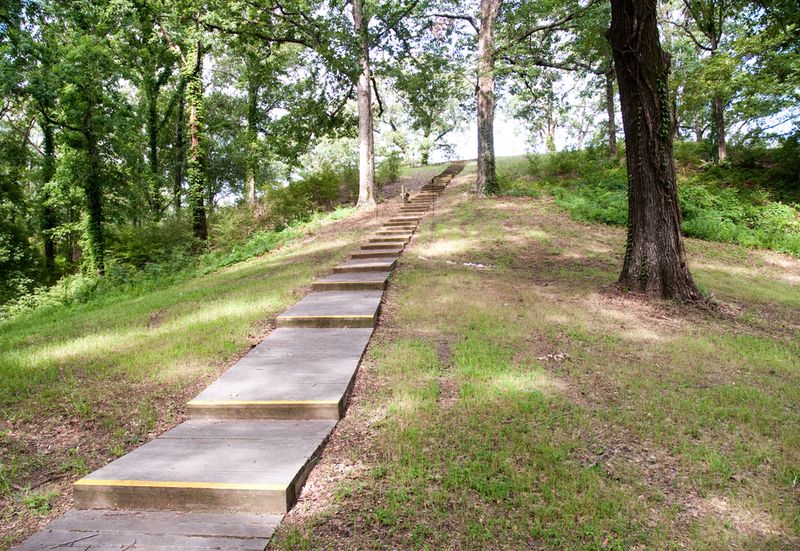
Advertisement
5. Monticello and the University of Virginia in Charlottesville
The significance of the Monticello and the University of Virginia in Charlottesville is directly correlated with the ideals of Thomas Jefferson. The site/structures are said to be directly inspired by the same principles of Jefferson that led to the Declaration of Independence and the abolition of slavery. Both the Monticello and University are shining examples of their respective genres of design.
The Monticello is a great example of neoclassical “villa rustica” with borrowed design from the style of contemporary Parisian town houses. Along with an octagonal dome, the Monticello includes surrounding foliage where Jefferson planted orchards, vegetable and flower gardens. The University of Virginia however, was based on pre-existing British/American schemes. A half-scale copy of the Roman Pantheon is the focus of the academic village which houses the library. Additionally, 10 pavilions which housed professors are each a tribute to different classical and neoclassical designs making the Jefferson-rich site an encyclopedia of varying architectural feats.

Advertisement
4. Mesa Verde National Park
At an altitude over 2,600 meters lies a concentration of native Pueblo dwellings built between the 6th and 12th centuries. About 4,400 sites have been recorded here in south-west Colorado, including large, cliff-side homes made of stone, some of which contain more than 100 rooms.
Of these 600 or so “cliff dwellings” several are multi-storey, built of sandstone and mud mortar. Cliff Palace, Balcony House and Square Tower House are just some the dwellings, with new discoveries being made routinely. The cliff shelters are a testament to some very progressive building techniques for their time, cleverly utilizing limited space. The civilization also made leaps in agricultural aspects such as irrigation through the use of reservoirs and damns. Wickerwork, weaving and ceramics were also made with astonishing quality, which were found by the first explorers of Mesa Verde. Unfortunately, the settlement mysteriously disappeared in history somewhere between 1100 and 1300, but today the remains of an advanced civilization can still be appreciated at Mesa Verde National Park.

Advertisement
3. La Fortaleza and San Juan National Historic Site
Three forts (San Felipe del Morro, San Cristóbal, San Juan de la Cruz), and a large portion of the City Wall were built over three centuries and together serve as the main elements of the gigantic fortification that is the La Fortaleza and San Juan National Historic Site in Puerto Rico. The fort is not only a reflection of European designs and adaptations taken by Caribbean port cities, but showcases developments in military architecture that arose over the centuries this structure was used.
The fortress had other applications such as an arsenal, a prison, and the home of the Governor General. Today, La Fortaleza houses the Governor of Puerto Rico. It is just one of several fortresses that protect the port, which had no doubt been required in order to protect Spain’s empire against natives, pirates and attacking warships from various nations. The collection of defensive structures make up a system filled with ramparts, fortlets and fortresses which at the time were top-of-the-line in terms of defensive effectiveness. Today, the fortresses are marveled and widely recognized for their historic significance.
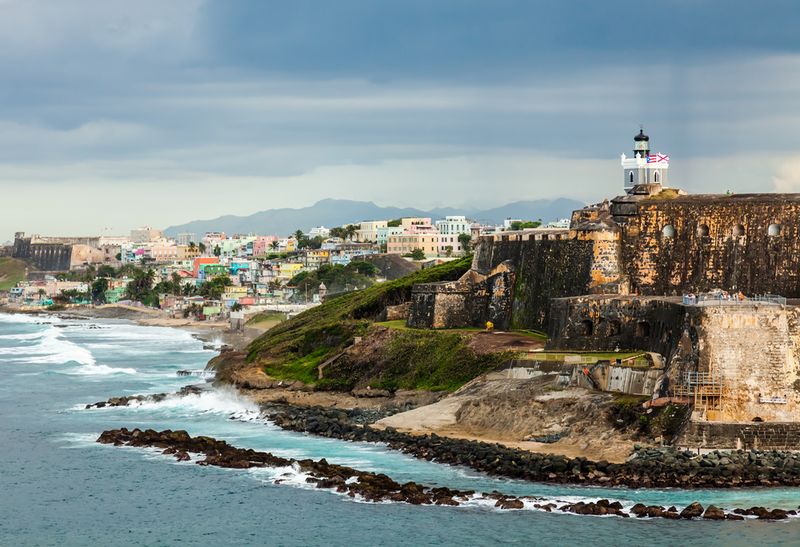
Advertisement
2. Independence Hall
Independence Hall in Philadelphia, Pennsylvania has been the host to the signing of the most important pieces of legislature in United States history; the Declaration of Independence and the American Constitution. It simply goes without saying why Independence Hall is considered one of the most important cultural sites in America.
The building was designed by Andrew Hamilton for the house of the Assembly of the Commonwealth of Pennsylvania. Although it was built to hold a bell weighing in at over 2,000 pounds, the piece could not hold up its end of the bargain and cracked twice. It stands in a special shelter where it remains un-rung; however a reproduction of said bell now hangs operable in the steeple. With about 18 hectares and 20 buildings, the surrounding park contains a section where Benjamin Franklin’s home was once located, adding to the significance of the site that once marked the capital of the United States of America from 1790 to 1800.
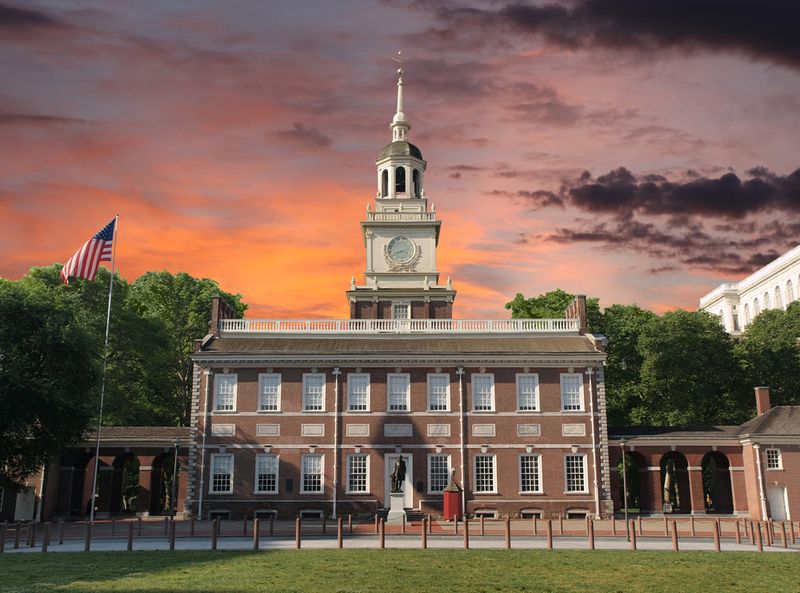
Advertisement
1. Statue of Liberty
Lady Liberty was crafted in Paris by French sculptor Bartholdi in collaboration with Gustave Eiffel as a gift to the United States on the hundredth anniversary of American independence. Standing as the entrance to the New York Harbor it is historically known as the first thing immigrants to America would see upon arriving by boat to the “Big Apple”.
The population nearly doubled from 1870 to 1900 due to immigration, including those from Britain, Germany, Ireland and Scandinavia totaling nearly 9,500,000. Total immigration numbers would later reach 22 million as more would make the journey from Eastern Europe. Sculptor Bartholdi had the intent for his work to symbolize human liberty, and it has been as such for immigrants ever since. With the phrase “Liberty Enlightening the World”, the statue was heavily restored on its birthday of American independence in 1986, to ensure the sparkling example of the ideals of George Washington and Abraham Lincoln. This was done with hopes to continually inspire those to reach for the “American Dream”.
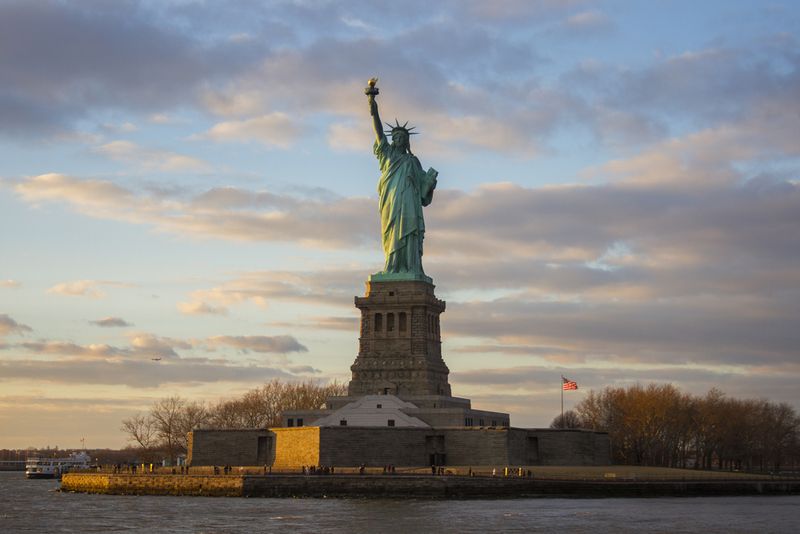
Advertisement